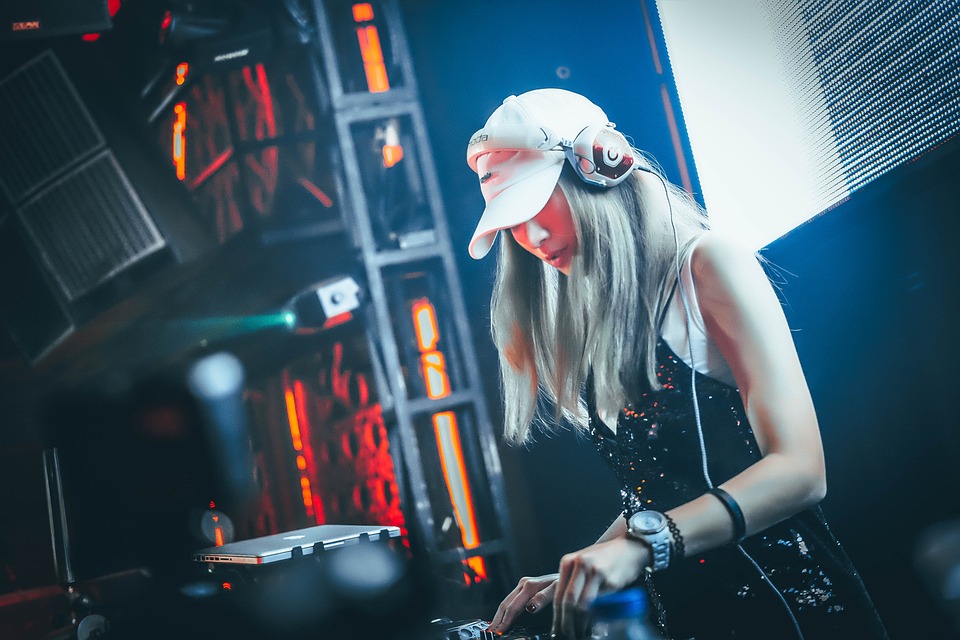Understanding D Low Beats involves delving into the world of music, where rhythm and harmony converge to create captivating sounds. This article provides a comprehensive overview of D Low Beats, their characteristics, significance in music, and their impact across various genres.
What are D Low Beats?
D Low Beats refer to a specific type of rhythmic pattern that emphasizes lower frequencies in musical compositions. These beats are often characterized by a deep, resonant quality that can evoke a range of emotions. Musically, they serve as a foundation, anchoring melodies and harmonies while creating a compelling groove that engages listeners.
The “D” in D Low Beats typically refers to the note D, which is situated in the lower range of musical scales. In many genres, particularly in electronic and hip-hop music, the D Low Beats create a robust backdrop that allows other elements to shine. This unique quality makes them an essential component in the production of modern music.
The Characteristics of D Low Beats
D Low Beats are defined by several characteristics that set them apart from other rhythmic patterns. First and foremost, they have a strong emphasis on low frequencies, often produced by bass instruments or synthesized sounds. This focus on lower tones creates a sense of depth and warmth that can make the music feel rich and immersive.
Additionally, D Low Beats often feature repetitive patterns, which can create a hypnotic effect. This repetition allows listeners to easily engage with the rhythm, making it a popular choice for dance music and other genres where groove is essential. The simplicity of the patterns may also enhance the overall accessibility of the music, allowing a broader audience to connect with it.
Significance in Different Music Genres
D Low Beats hold significant importance across various music genres. In hip-hop, for instance, the deep bass lines and low-frequency beats create a powerful rhythmic foundation that supports rapping and lyrical delivery. The emphasis on D Low Beats in hip-hop has contributed to its popularity, as the beats resonate with audiences on a physical level, encouraging movement and expression.
In electronic dance music (EDM), D Low Beats are crucial for building energy on the dance floor. The driving force of the bass helps to create an engaging atmosphere, where DJs can seamlessly transition between tracks. The pulsating nature of these beats often leads listeners into a trance-like state, enhancing the overall experience of live performances.
The Role of Technology in Creating D Low Beats
Advancements in music technology have played a pivotal role in the creation and manipulation of D Low Beats. Digital audio workstations (DAWs) allow producers to experiment with different sounds, layering and processing them to achieve the desired low-frequency effect. Synthesizers and samplers are often used to create unique bass sounds, giving producers the tools to develop their signature style.
Moreover, plugins and virtual instruments specifically designed for enhancing low frequencies have become increasingly popular. These tools help in achieving a polished sound, ensuring that D Low Beats not only resonate well but also sit perfectly within a mix. As technology continues to evolve, so does the potential for creativity in crafting D Low Beats.
Impact on Popular Culture
The influence of D Low Beats extends beyond just music; they have significantly impacted popular culture as well. In movies, for example, soundtracks often incorporate deep bass elements to heighten emotional moments or create tension. The use of D Low Beats in film scores can evoke feelings of suspense or excitement, enhancing the overall viewing experience.
Additionally, D Low Beats have made their way into commercials, video games, and social media content. The catchy and immersive nature of these beats makes them suitable for various media formats, often serving as a backdrop for engaging visuals. This crossover appeal has solidified their presence in contemporary culture.
Creating Your Own D Low Beats
If you’re interested in producing your own D Low Beats, there are several steps to consider. First, choose the right musical software or DAW that suits your style. Many users opt for popular platforms like Ableton Live, FL Studio, or Logic Pro, which offer a wide range of tools to create and manipulate sounds.
Next, begin by selecting a bass instrument or synthesizer sound that resonates with the low frequencies. Experiment with different notes and patterns, focusing on the note D to capture the essence of D Low Beats. Don’t hesitate to layer multiple sounds and adjust their levels to create a fuller sound. Remember, the key is to keep the rhythm engaging and repetitive, allowing for a groove that listeners can connect with.
The Psychology of D Low Beats
D Low Beats can engage listeners on a psychological level, influencing emotions and behaviors. The deep, resonant frequencies often stimulate a physical reaction, encouraging movement and dance. This can be particularly powerful in social settings, where the rhythm can foster a sense of community and shared experience.
Studies have shown that music with strong beats can elevate mood and increase energy levels. The low frequencies in D Low Beats can also create a sense of calm or grounding, making them suitable for relaxation or meditation. Understanding the psychological impact of these beats can enhance their effectiveness in various applications, from therapy to entertainment.
Challenges in Producing D Low Beats
While creating D Low Beats can be enjoyable, it also comes with its challenges. One primary concern is achieving a balanced mix, as low frequencies can easily overwhelm other elements in a track. It’s essential to pay attention to EQ settings and ensure that the bass does not muddy the overall sound.
Additionally, producers must consider the playback environment. Low frequencies can behave differently depending on the acoustics of a space or the quality of speakers used. Testing the mix on various systems can help ensure that the D Low Beats translate well across different listening environments.
Live Performance and D Low Beats
In live performances, D Low Beats play a crucial role in engaging the audience. DJs and live musicians often rely on these beats to create a dynamic atmosphere, encouraging audience participation. The ability to mix and match D Low Beats in real time allows performers to adapt to the energy of the crowd, creating a unique experience for each event.
Furthermore, live sound engineering can enhance the impact of D Low Beats. By adjusting levels and effects during a performance, sound engineers can ensure that the bass resonates well, creating a powerful sonic experience. This aspect of live performance highlights the importance of D Low Beats in the overall musical landscape.
Conclusion
Understanding D Low Beats provides valuable insight into the foundational elements of various music genres. Their unique characteristics, significance, and impact on popular culture demonstrate their versatility and importance in contemporary music. Whether you’re a producer, performer, or simply a music enthusiast, exploring D Low Beats can enhance your appreciation for rhythm and sound. As technology continues to evolve, the potential for creativity in crafting D Low Beats is limitless, promising exciting developments in the music industry.
FAQs
1. What instruments are commonly used to create D Low Beats?
Common instruments include bass guitars, synthesizers, and drum machines. These tools help produce the deep, resonant sounds associated with D Low Beats.
2. Can D Low Beats be used in genres other than hip-hop and EDM?
Yes, D Low Beats can be found in various genres, including R&B, funk, and even cinematic soundtracks, showcasing their versatility.
3. How do D Low Beats affect listener emotions?
D Low Beats can evoke a range of emotions, often enhancing feelings of excitement, calmness, or nostalgia, depending on the context and arrangement.
4. Are there specific software tools recommended for creating D Low Beats?
Popular DAWs like Ableton Live, FL Studio, and Logic Pro are highly recommended, as they offer powerful tools for sound design and manipulation.
5. How can one improve their skills in producing D Low Beats?
Practice is essential. Engaging in regular experimentation, studying existing tracks, and seeking feedback from other musicians can significantly improve your skills.

